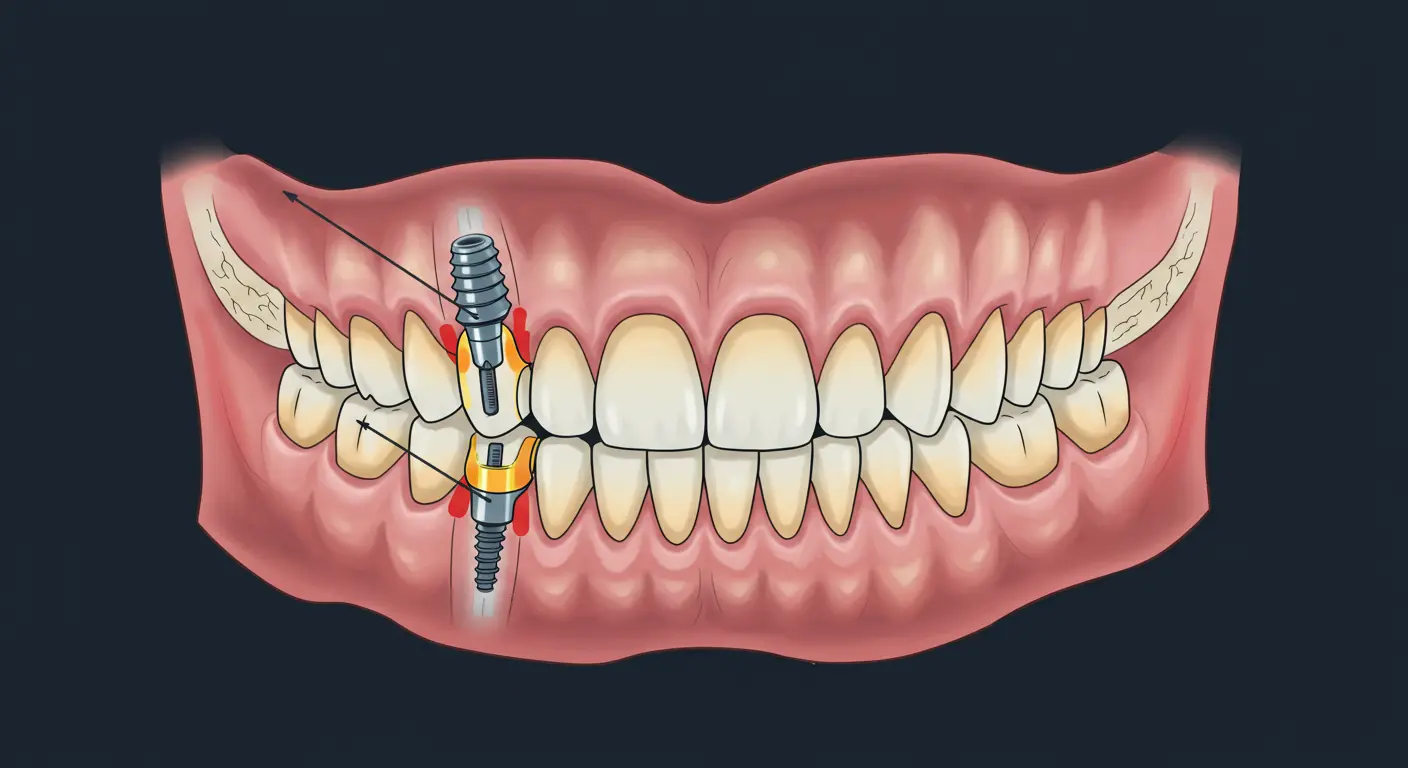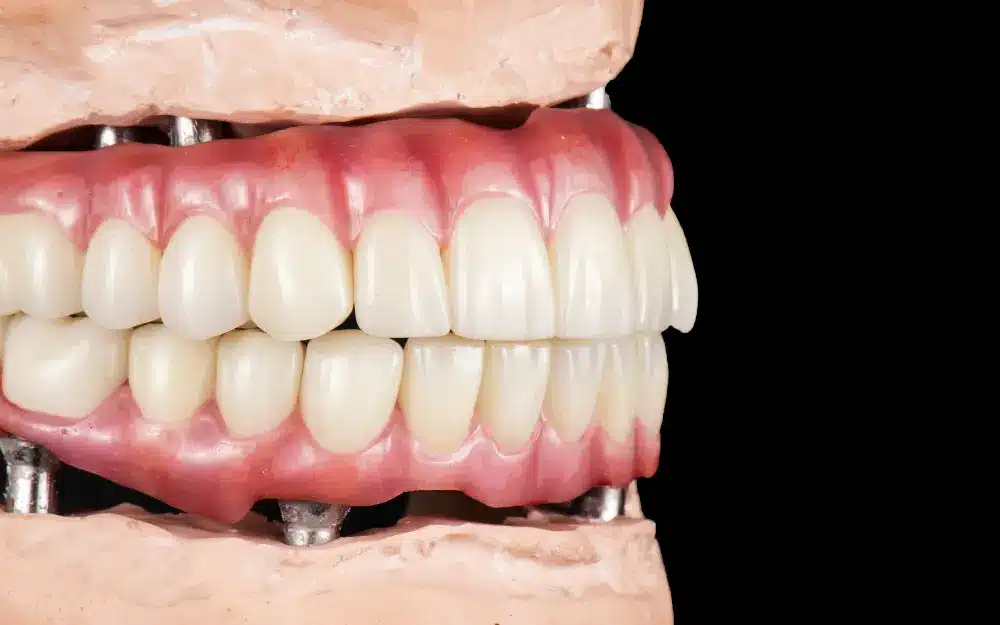Zygomatic Implants: The Ultimate Solution for Severe Bone Loss Patients
Zygomatic implants have revolutionized modern dentistry by offering a reliable, long-term solution for patients with severe bone loss. Unlike traditional dental implants, which require substantial jawbone density, zygomatic implants anchor into the zygomatic (cheek) bone, providing a stable foundation for fixed restorations. This cutting-edge technique eliminates the need for bone grafting and significantly reduces treatment time, making it an optimal choice for partial and fully edentulous patients.
In this article, we will explore the innovative surgical protocols behind zygomatic implants, analyze clinical cases, and compare them with conventional approaches to demonstrate why they are the ultimate solution for severe bone loss patients.

What Are Zygomatic Implants?
Zygomatic implants are extra-long titanium screws designed to integrate with the zygomatic bone, rather than the maxillary bone, which may have undergone severe resorption. Originally developed for oncology patients, these implants are now widely used for individuals who have insufficient bone volume in the upper jaw and are seeking full-arch fixed prosthetics.
Key Features of Zygomatic Implants:
Length: Ranges from 30mm to 52.5mm.
Anchorage: Engages the zygomatic bone for primary stability.
Functionality: Immediate loading capability, allowing for same-day restorations.
Alternative to Bone Grafting: Eliminates the need for sinus lifts or bone augmentation procedures.

Why Choose Zygomatic Implants Over Traditional Implants?
| Feature | Traditional Implants | Zygomatic Implants |
|---|---|---|
| Bone Requirement | Requires sufficient maxillary bone | Uses zygomatic bone, bypassing maxillary deficiencies |
| Surgical Complexity | Requires multiple surgeries for grafting | Single, highly specialized procedure |
| Healing Time | 6-12 months (with grafting) | Immediate or within weeks |
| Success Rate | 85-95% (in complex cases) | 97-98% |
| Prosthetic Loading | Delayed, after osseointegration | Immediate (same-day teeth) |
Innovative Surgical Protocols for Zygomatic Implant Placement
1. Quad Zygoma Protocol (for Full-Arch Edentulous Cases)
Involves placing four zygomatic implants (two on each side) to support a full upper-arch prosthesis.
Ideal for patients with extreme maxillary bone resorption.
Provides maximum stability and immediate function.
2. Hybrid Approach (Zygoma + Conventional Implants)
Combines zygomatic implants with traditional implants in regions with adequate bone.
Reduces overall implant length while still utilizing zygomatic anchorage.
Suitable for partially edentulous patients.
3. Extra-Maxillary Technique (Minimally Invasive Option)
Positions zygomatic implants outside the maxillary sinus, minimizing surgical trauma.
Reduces post-operative complications, making it ideal for medically compromised patients.
Clinical Cases: Real-World Success Stories
Case 1: Complete Maxillary Reconstruction in a 60-Year-Old Patient
Problem: Advanced periodontal disease led to total maxillary tooth loss.
Solution: Quad Zygoma protocol with immediate fixed prosthesis.
Outcome: Fully restored smile and functionality within 24 hours.
Case 2: Partial Edentulism in a 45-Year-Old Patient
Problem: Severe bone loss in posterior maxilla but adequate anterior bone.
Solution: Hybrid approach using zygomatic and traditional implants.
Outcome: Long-term stable restoration without the need for bone grafting.

Advantages of Zygomatic Implants
✔ Immediate Functionality: Fixed prosthetics can be placed on the same day as surgery.
✔ High Success Rates: Studies show a 97-98% success rate even in atrophic maxilla cases.
✔ Minimally Invasive Alternative: Eliminates the need for bone grafting, reducing recovery time.
✔ Enhanced Patient Comfort: Fewer surgical procedures and shorter healing periods.
Potential Risks and How to Mitigate Them
While zygomatic implants have an exceptionally high success rate, there are potential risks:
Sinus Complications: Proper surgical planning prevents sinus membrane perforation.
Paresthesia (Nerve Damage): Using the extra-maxillary technique can reduce nerve involvement.
Surgical Complexity: Requires a highly skilled implantologist with experience in advanced procedures.

Is Zygomatic Implant Surgery Right for You?
If you suffer from severe bone loss in the upper jaw and have been told that conventional implants are not an option, zygomatic implants offer a life-changing solution. With their ability to restore function, aesthetics, and confidence in record time, they are the gold standard for patients seeking full-arch fixed restorations.
👉 Are you a candidate for zygomatic implants? Contact Smile Design NJ today to schedule your consultation and take the first step toward a permanent, beautiful smile!










